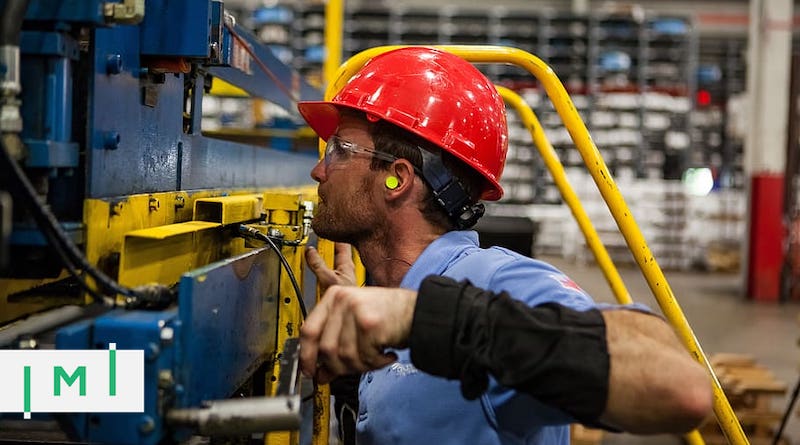EB-5 is First and Foremost About US Job Creation, Not Immigration

Capitol Letters
With Aaron L. Grau
The Executive Director of IIUSA, the EB-5 Regional Center Program’s main advocacy group, writes about the program’s legislative prospects.
Congress created the EB-5 program in 1990. The new visa program was intended to create jobs for U.S. workers and infuse new capital into the U.S. economy. In fact, in 1989 the Senate Judiciary Committee, then chaired by Senator Joe Biden, stated, “[a]mended section 203(b)(4) is intended to create new employment for U.S. workers and to infuse new capital into the country, not to provide immigrant visas to wealthy individuals.” Senate Report No. 101-55 at p. 21 (1989).
Let’s rewind and go back to that last sentence, it’s important to not gloss over the citation. I am not writing rhetorically or offering a tired talking point. Congress intended EB-5 visa recipients to create jobs for U.S. workers and infuse new capital into the U.S. economy. The report accompanied S.358, “to amend the Immigration and Nationality Act to change the level, and preference system for admission, of immigrants to the United States and the naturalization process” and Chairman Biden’s committee, “favorably reported the bill…and recommend[ed] that the bill, as amended, do pass.” Ibid at. p.1.
If we begin any EB-5 policy analysis at this point, understanding why Congress created the EB-5 category and later, to capitalize on its possibilities and accelerate its impact, the Regional Center Program, then we must view EB-5 as an economic development program, not an immigration program. It’s about creating American jobs.
That does not undermine or discount in any way EB-5 immigrants and their families. After all, without their commitment and willingness to sacrifice there would be no EB-5 program! It is simply a reality check on this U.S. policy and my argument is that the reason for the rule matters when it comes to how the EB-5 program fulfills the policy’s purpose.
For example, if the reason for the rule is to, “create new employment for U.S. workers and to infuse new capital into the country,” then the Program should be fully fueled by the maximum number of investor visas available – 10,000.
Instead, new employment and capital is limited to a third of its capability because investors’ family members (who are not themselves bringing any financial investment) are counted toward the total number of allowable EB-5 visas. If you were going to plow your farm to plant new crops to bring to market, would you only fill your tractor’s gas tank a third of the way?
In addition to whether new jobs are created, the reason for the rule should also force us to consider where new jobs are created: urban communities or rural communities. It is a policy debate as old as the EB-5 program itself. There are not any right or wrong answers, but some questions may be better than others.
- Where are jobs most needed?
- Where are jobs most sustainable?
- Where will an EB-5 applicant see the most return on their investment?
Contrary to many immigrant investors’ belief, there is tremendous return on investment available in American rural areas including investments in steel mills and other manufacturing, ethanol facilities, solar power plants, and other forms of infrastructure. Further, immigrant investors need not live in the community in which they invest.
On the other hand, it will always be a nation’s cities that drive its economy. The cities will always have greater populations and therefore the larger need and opportunity for economic development.
Just like any investment portfolio, it makes sense for the United States to have its EB-5 investments diversified with an equitable balance between rural and urban projects. A healthy economy is never a one-trick pony and never puts all its assets in one basket.
The EB-5 visa, and its catalytic Regional Center Program create new employment opportunities for U.S. workers and infuse new capital into the country, just as intended. To be sure the country, and its immigrant investors, enjoy its greatest benefits, we should treat it for what it is: an economic development program. Investor visas should be as numerous as possible and investments themselves should be diversified and equitable among urban and rural opportunities.
Aaron Grau, Executive Director of Invest in the USA (IIUSA), is a former Majority Counsel on the U.S. Senate Health Education, Labor, and Pensions Committee, where he developed Senate hearings and negotiated and drafted several pieces of federal legislation and was part of the Senate team that created the Workforce Investment Act.



